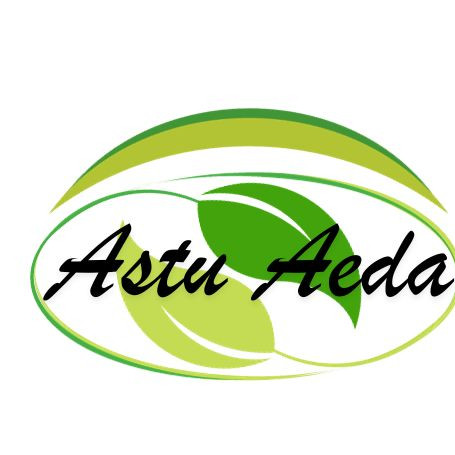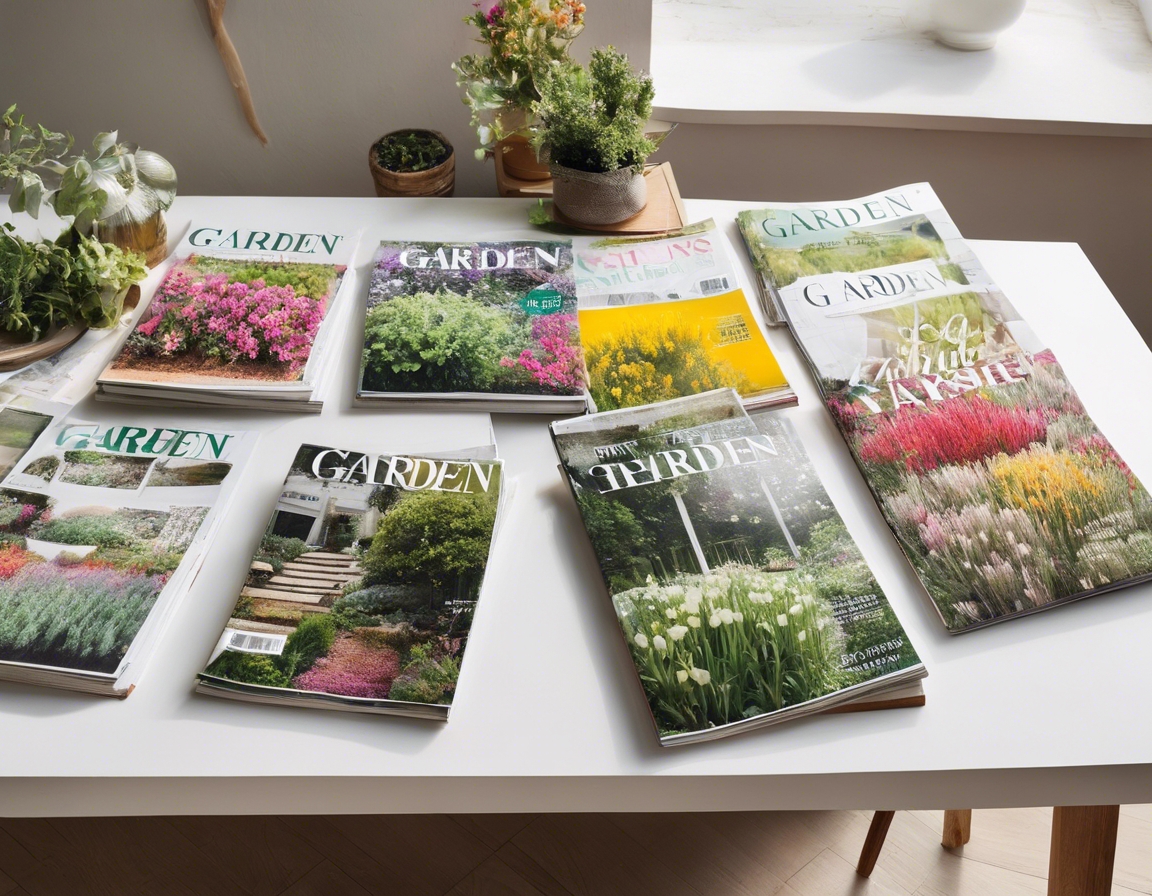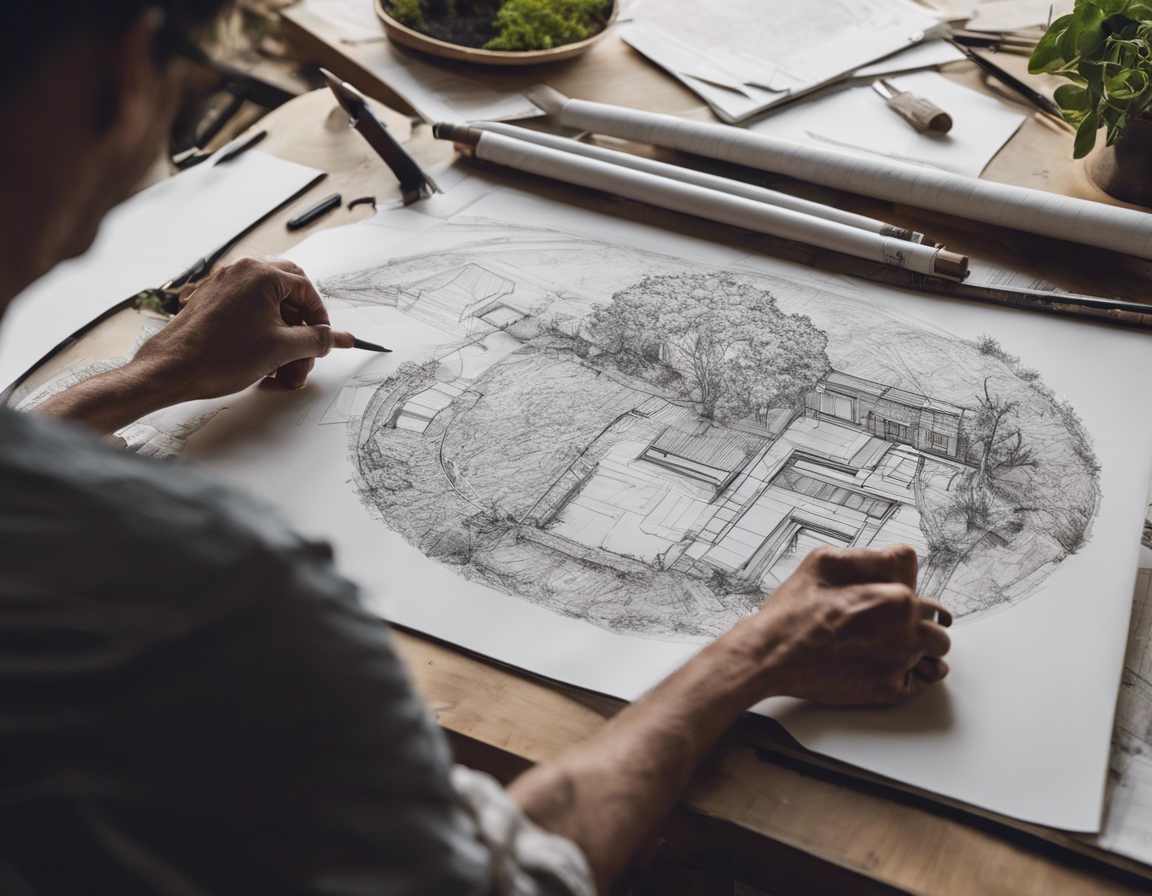The ultimate guide to seasonal planting
Seasonal planting is the practice of sowing and transplanting plants at the most opportune times of the year to ensure optimal growth and yield. It involves understanding the life cycle of plants and how they interact with the changing seasons.
Engaging in seasonal planting can lead to a more productive garden, healthier plants, and a more enjoyable gardening experience. It allows gardeners to work with nature's schedule, resulting in less maintenance and better adaptation to weather conditions.
Spring Planting Guide
Before planting in spring, it's crucial to evaluate your garden's condition. Check for winter damage, test the soil, and plan your garden layout.
Start by clearing debris, amending the soil, and gradually acclimatizing seedlings to outdoor conditions. Choose frost-tolerant plants for early spring planting.
Some of the best plants to start in spring include lettuce, peas, radishes, and spinach, as well as perennials like tulips and daffodils.
Summer Planting Guide
Summer's high temperatures require special attention to watering and shading. Mulching can help retain soil moisture and keep roots cool.
Choose heat-tolerant varieties and consider planting in the late afternoon or on cloudy days to reduce transplant shock.
Vegetables like tomatoes, peppers, and cucumbers thrive in summer heat, as do flowers like marigolds and zinnias.
Fall Planting Guide
Fall planting can lead to stronger, more established plants by the following spring. Cooler temperatures and increased rainfall are beneficial for root development.
Plant trees and shrubs early in the fall to allow time for root establishment before winter. Add mulch to protect against sudden temperature drops.
Garlic, onions, and leafy greens can be planted in the fall, along with spring-blooming bulbs and cool-season grasses.
Winter Planting Guide
Winter is the perfect time for indoor planting. Start seeds indoors to get a head start on the spring growing season.
Use grow lights and maintain a consistent temperature to ensure seedling growth. Monitor humidity levels to prevent mold and mildew.
Herbs like basil and cilantro can be grown indoors, as well as microgreens and certain dwarf vegetable varieties.
Year-Round Planting Considerations
Knowing your hardiness zone helps determine the best planting times for different plants in your region.
Regular soil testing and amendments are crucial for plant health. Incorporate organic matter to improve soil structure and fertility.
Develop a consistent watering schedule and use fertilizers judiciously to support plant growth without causing harm to the environment.
Implement integrated pest management strategies and choose disease-resistant plant varieties to minimize the need for chemical interventions.






Comments (0)